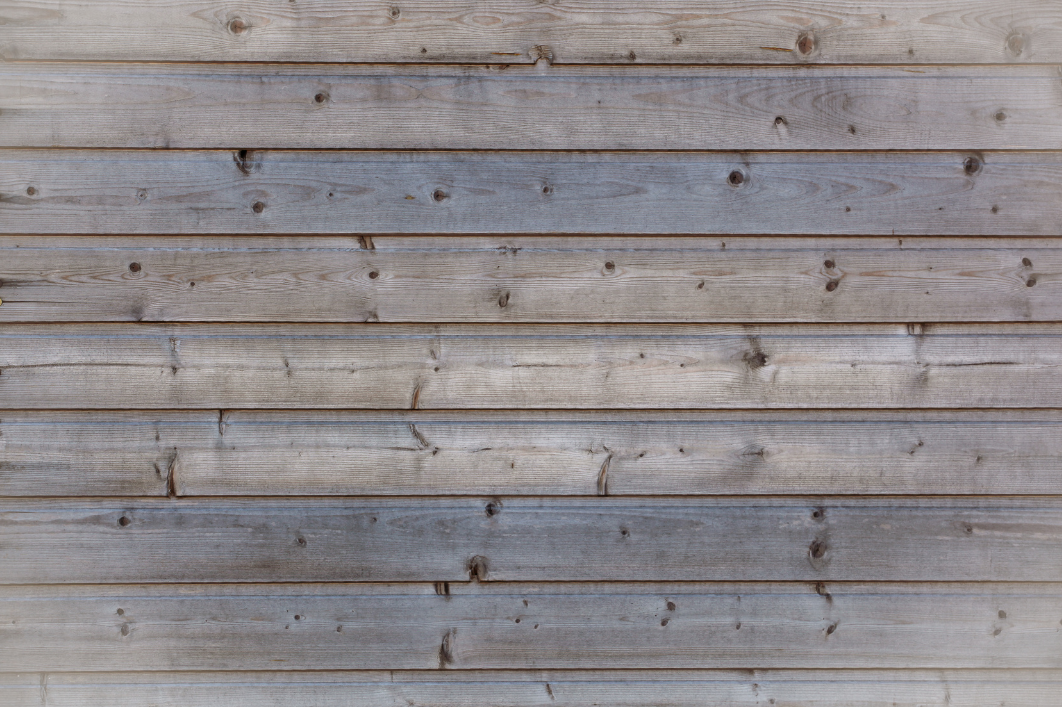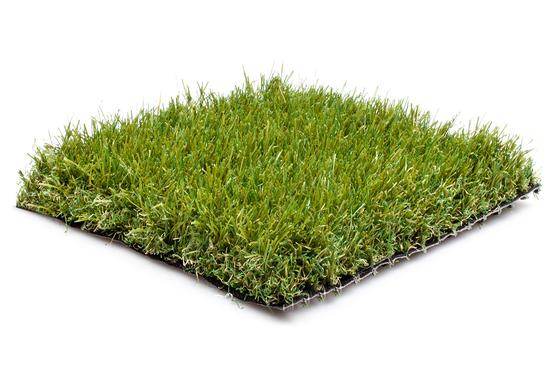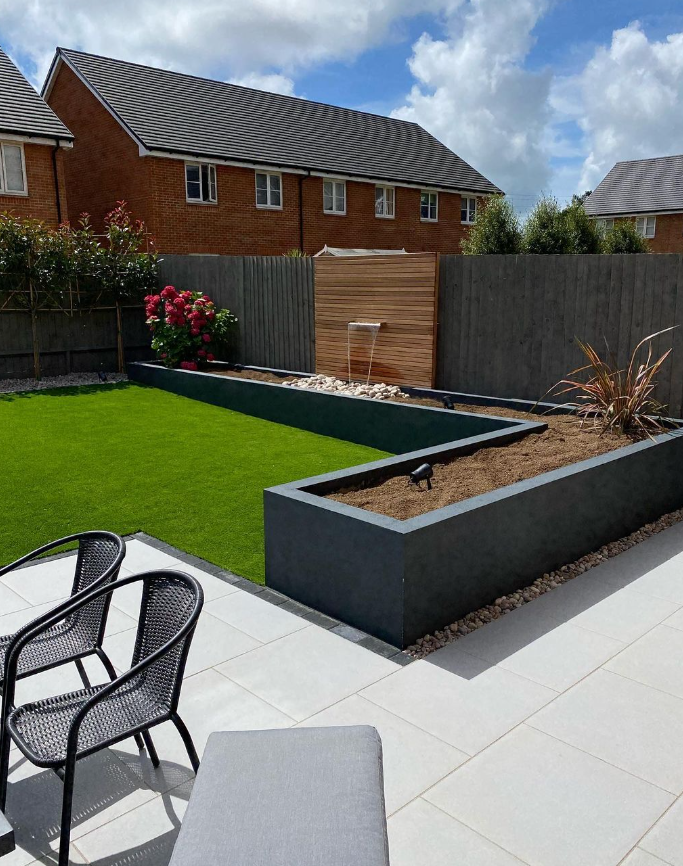
What is Shiplap Cladding?
Shiplap has become a popular choice for homes and gardens, yet many people still ask: what is shiplap cladding?
In simple terms, it’s a system of interlocking boards that overlap to create a neat, weather-resistant surface. The design keeps out rain, blocks wind, and gives walls a clean, uniform look.
You’ll often see shiplap cladding for sheds and garden rooms, but it’s equally useful for fences and home exteriors.
In this guide, you’ll find shiplap cladding explained, from materials and installation through to long-term care and the growing appeal of composite shiplap cladding.
How Shiplap Boards Interlock

The clever part of shiplap is the way each board overlaps the next through a tongue-and-groove edge. This simple detail means the boards connect firmly while leaving no gaps, so the finished surface looks smooth and continuous.
That overlap isn’t just about looks. It plays a big role in protecting a structure. The design naturally sheds water, helping to stop rain from seeping through and reducing the risk of damp or warping. In windy conditions, the interlocking fit adds strength, so the cladding feels sturdy rather than flimsy.
The result is a surface that’s both practical and attractive, one of the key benefits of shiplap cladding that makes it so appealing for DIY projects and outdoor structures of all sizes.
Popular Materials for Shiplap Cladding
One of the first choices to make with shiplap is the material. Traditionalists often lean towards timber. It’s warm, natural, and familiar, yet timber demands care. Left untreated, it can rot, swell, or fade, meaning sanding, staining, and sealing become part of the routine.
In recent years, composite shiplap cladding has stepped forward as the smarter alternative. Made from a blend of recycled wood fibres and plastics, it offers the look of timber without the endless upkeep. For homeowners who prefer low-maintenance cladding options, composite ticks the right boxes: durable, weather-resistant, and eco-conscious.
PVC is another contender. Lightweight and cost-effective, it works well for smaller outbuildings and sheds, though it doesn’t always match the appearance or strength of composite.
So, whether it’s classic timber, modern PVC, or composite that balances practicality and style, there’s a shiplap material to suit almost every project.
Installation Methods Explained
For those handy with tools, installing shiplap cladding can feel straightforward. Each board locks into the next, so once the first row is level, the rest usually follows with little fuss. That said, getting the spacing and fixings right is key, as poor installation can shorten the lifespan of the cladding.
Shiplap is most often fitted horizontally, which helps water run off smoothly, though vertical applications are possible for a more unusual look. Either way, stainless steel nails or screws tend to be the best choice, preventing rust and keeping the boards secure over time.
DIYers often enjoy tackling smaller sheds or garden rooms themselves, but for larger projects, such as full home exteriors, a professional installer might be the safer option to guarantee a polished, long-lasting finish.
Weather Resistance and Protection

Shiplap has always been popular in the UK for one very practical reason: it handles the weather well. The overlapping design means rainwater is guided away from the surface rather than soaking in, which keeps walls drier for longer. Wind is less of a problem, too, as the boards sit snugly together, creating a strong barrier that doesn’t rattle or shift easily.
Compared with plain timber boards or featheredge cladding, shiplap usually offers better protection over time. And when you choose composite rather than wood, the resilience improves further. Boards won’t rot, split, or fade as quickly, so they stay looking smart season after season, a reassuring feature for homeowners and landscapers planning long-term projects.
Aesthetic Benefits for Homes and Gardens
Practicality aside, shiplap has strong visual appeal. The clean, uniform lines give walls a smart, modern feel while still retaining a touch of traditional charm. This makes it flexible enough to suit both contemporary builds and older properties that need a fresh finish.
Many people choose shiplap cladding for sheds and garden rooms, where it creates a polished look that blends the structure into the garden rather than leaving it feeling like a plain outbuilding. Fencing and home exteriors benefit in the same way, with shiplap offering a neat, cohesive style that improves kerb appeal.
Whether painted for a crisp statement or left in natural tones for a softer effect, shiplap adapts easily to different tastes, making it one of the most versatile cladding choices available.
How Shiplap Compares to Other Cladding Types
People often weigh up shiplap vs other cladding types before starting a project, and the differences are quite noticeable. Compared with slatted cladding, shiplap is more protective. Slatted boards allow for airflow, which can help with ventilation, but they leave gaps that won’t stop wind or rain in the same way.
Against featheredge cladding, shiplap tends to look more refined. Featheredge boards overlap too, but they create a less uniform surface, which can look rustic rather than sleek. For some projects, that’s a plus, yet for many homeowners, the crisp finish of shiplap is more appealing.
Traditional timber boards can work, but they often fall short on durability. That’s where composite shiplap proves its worth, combining strength, neat appearance, and low effort over time.
Maintenance and Long-Term Care
Looking after shiplap doesn’t have to be complicated. Timber versions need the most attention, sanding, staining, and sealing are part of the routine if you want to keep them from rotting or fading. That’s fine for those who enjoy hands-on upkeep, but less appealing if you’d rather spend weekends doing other things.
Composite boards, on the other hand, are known as low maintenance cladding options. A quick wash with soapy water now and then is usually enough to keep them looking fresh. They don’t need painting, won’t split, and are far less likely to discolour in sunlight.
Over the years, this ease of care translates into cost savings too. With fewer repairs and replacements, composite shiplap cladding proves both practical and economical for long-term projects.
Shiplap has stood the test of time because it’s practical, stylish, and reliable. Whether used on homes, fences, or outdoor buildings, its interlocking design offers weather protection and a clean, uniform look. Timber may appeal to purists, but modern choices such as woodgrain shiplap cladding give you the same appeal without the upkeep.
If you’re planning a project and want advice on which material works best, feel free to contact us, our team at Tuda Grass is here to help guide your decision with the utmost confidence.


